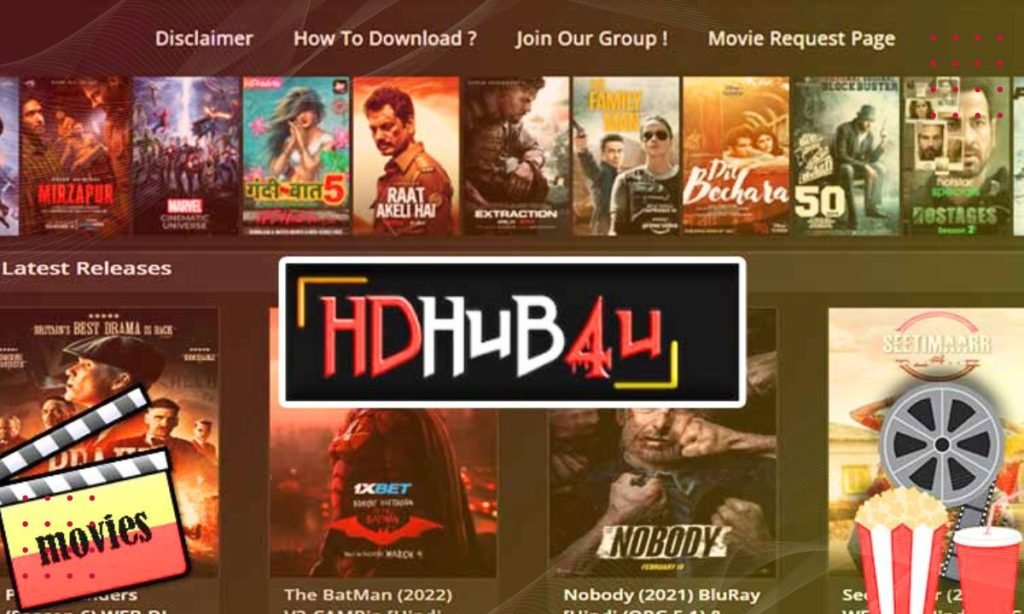Where does the modern movie aficionado truly find their cinematic fix? The landscape of film consumption has exploded, fragmenting across platforms and methods, making the pursuit of a good film a multi-faceted challenge.
Navigating the world of online movie viewing in 2024 is akin to charting a course through a constellation of options. From the established giants like Netflix and Amazon Prime Video to the burgeoning streaming services and, of course, the persistent allure of less conventional sources, the choices are seemingly endless. This article aims to dissect the current environment, providing a comprehensive guide to both the legal and potentially problematic avenues of movie consumption.
| Aspect | Details |
|---|---|
| Legal Streaming Services | Description: Services like Netflix, Disney+, and Amazon Prime Video offer a vast library of movies and television shows, often with original content. Pros: Legally compliant, high-quality streaming, regularly updated content. Cons: Subscription fees, content availability varies by region, potential for increasing costs. |
| Movie Rental/Purchase Platforms | Description: Platforms like Apple iTunes, Google Play/YouTube, and Amazon Prime Video offer the option to rent or purchase individual movies. Pros: Access to newer releases, no recurring subscription fees, often available to download for offline viewing. Cons: Individual movie costs can accumulate, may not offer as wide a selection as subscription services. |
| Free, Ad-Supported Streaming Services | Description: Services like Tubi and Crackle provide movies and TV shows free of charge, supported by advertisements. Pros: Completely free to use, wide variety of content. Cons: Ads interrupt viewing, content library may be more limited compared to subscription services, quality can vary. |
| Digital Account Integration | Description: Connecting your digital accounts allows you to import movies from services like Apple iTunes, Amazon Prime Video, Fandango at Home, Xfinity, Google Play/YouTube, Microsoft Movies & TV, Verizon Fios TV, and Directv. Pros: Consolidates your movie library, provides a centralized location to access purchased content. Cons: Reliance on other services' availability and functionality. |
| The Appeal of Downloading | Description: Despite the growth of streaming, many still download movies for offline viewing. Reasons: Poor internet access, data limitations, preference for owning a copy, ease of access in specific contexts (e.g., travel). |
| Risks of Illegal Downloading/Streaming | Description: Websites and services offering free movies without proper licensing. Risks: Legal repercussions (copyright infringement), malware and viruses, poor video quality, potential for financial penalties. |
One of the foremost considerations for any movie enthusiast is the legality of their chosen viewing method. This is a critical aspect, especially when venturing into the murky waters of free movie platforms. While services such as Netflix, Disney+, and Amazon Prime Video provide a legitimate and readily accessible path to cinematic enjoyment, the temptation of free alternatives often proves alluring. However, these "free" options frequently come with a hefty price tag potential legal battles, security risks, and the ethical quandaries of copyright infringement.
Platforms like Movies Anywhere streamline the experience by allowing users to watch movies they've purchased from various digital retailers in one place. Services like this, which integrate with digital accounts and allow users to import their movie collections from sources like Apple iTunes, Amazon Prime Video, and others, add to the convenience factor. This approach is a direct response to consumer demand, aiming to provide a centralized, user-friendly hub for accessing purchased content.
In the ever-evolving landscape of online entertainment, the availability of diverse options has exploded. From the convenience of established platforms offering a vast library of movies and television shows, to the allure of less conventional sources, the choices are virtually endless. Understanding the implications of each path is key to making informed decisions.
The rise of streaming services has undeniably reshaped how we consume movies. Giants like Disney+, Fox, Sony, Universal, and Warner Bros, recognizing the changing tides, have embraced the digital sphere, streaming their content directly to viewers. Platforms such as JustWatch play a crucial role by aggregating the content libraries of these services, allowing viewers to easily find where a specific movie is available for streaming. This makes the search significantly easier than trawling through individual platforms.
The allure of convenience, however, has spurred the creation of many alternative sites. While some offer legitimate access to movies, others operate in a legal gray area. Hdhub, for example, has built a reputation as a hub for all things related to movies, consistently offering quality information, news, cast details, and guides for movie enthusiasts. However, the presence of sites like Hdhub4u.bike, which allegedly leaks the latest movies, emphasizes the need for caution and awareness.
The desire for offline viewing persists, particularly in areas with inconsistent or limited internet access. This leads to the continued popularity of platforms that provide downloads, such as allmovieshub.in and allmovieshub.com. These sites offer extensive movie selections in various resolutions, aiming to cater to the varied preferences and technical capabilities of their audience.
Another facet of the movie-watching experience is the specific interest in particular genres or regional cinema. For instance, the accessibility of Bollywood movies is catered to by dedicated platforms like Zee5, which offers a comprehensive collection of Hindi movies. Such platforms facilitate access to content that might otherwise be difficult to find through mainstream services, providing value for a targeted audience.
The evolution of movie streaming has brought forward an array of choices for viewers worldwide. These options are not without their drawbacks. Piracy and its associated legal and security concerns are a constant worry, underscoring the necessity for informed decision-making. The convenience offered by legitimate platforms contrasts with the potential risks of questionable websites.
Navigating the world of movie consumption in 2024 requires an understanding of the legal landscape and technological advances. As technology evolves, new platforms will undoubtedly emerge, offering fresh approaches to accessing movies. The key for the movie lover is to stay informed, weigh the pros and cons of each method, and always prioritize ethical and secure practices when seeking cinematic entertainment.
The shift to streaming and on-demand viewing has provided movie lovers with an unparalleled level of access to content, irrespective of their location. The growth of options has also provided opportunities for innovation, with platforms like Movies Anywhere, which bring together content from many digital retailers into one place. This shift also includes the rise of dedicated platforms, such as Zee5, that cater to specific genres like Bollywood, meeting the needs of niche audiences.
It is important to assess the features and functionality of different platforms. While the user-friendliness of legitimate streaming services, the content libraries they offer, and the ease with which you can stream your movies are all important, so are the risks linked to illegal websites. Awareness of the legal implications is critical, and should be a central consideration when choosing a service.
The future of movie consumption will likely involve even greater integration of digital accounts and personalized recommendations, enabling users to easily access content. However, ethical practices and safe browsing habits will continue to be important in this evolving industry.


